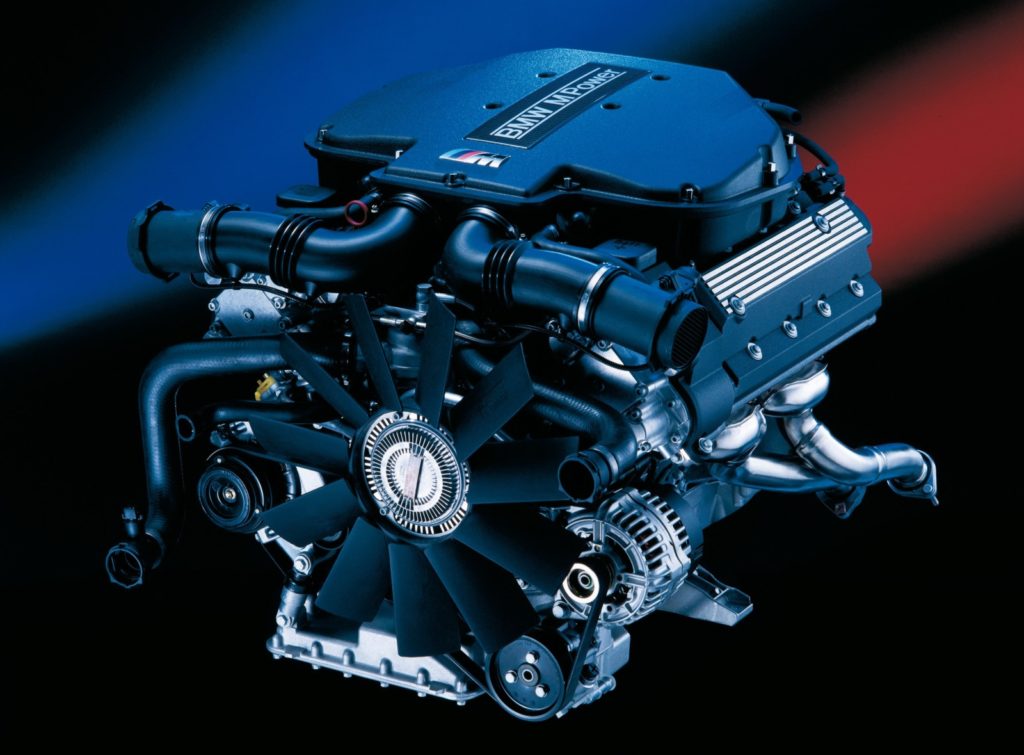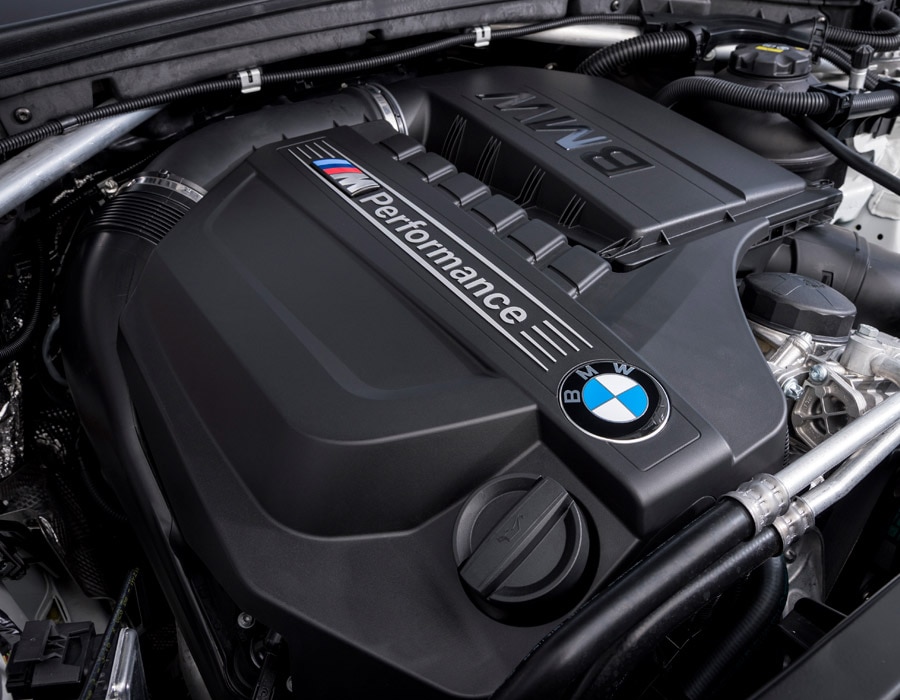Exploring the Development of Burning Engines in Modern Transport Solutions
As we browse the landscape of modern-day transport, the development of combustion engines stands as a testament to human ingenuity and engineering prowess. From their humble beginnings to the sophisticated giants propelling vehicles today, burning engines have actually gone through an impressive journey of advancement and adaptation. Comprehending the complexities of this evolution not just clarifies the past yet additionally paves the way for picturing what exists ahead in the realm of transport technology. The interplay of background, innovation, and ecological worries in shaping the trajectory of combustion engines creates a story that is both informative and compelling.
Early Beginnings of Combustion Engines
Exactly how did the principle of combustion engines very first arise in the early stages of transport development? The roots of combustion engines can be traced back to the 17th century when the concepts of inner combustion were very first discovered.
The advancement minute came with the creation of the initial successful gasoline-powered engine by Karl Benz in 1885 - bmw engine. This engine led the way for the advancement of the modern-day auto, transforming transport systems worldwide. Succeeding developments by Nikolaus Otto and Gottlieb Daimler additionally improved burning engine technology, causing the automation of automobiles and the rapid growth of the transportation market
These very early burning engines were identified by their simpleness and effectiveness, laying the structure for the complicated and powerful engines utilized in modern transport systems. The advancement of burning engines has actually contributed in forming the method we take a trip and deliver products, marking a significant milestone in the background of transport advancement.
Shift to Internal Burning Modern Technology
The shift to inner burning innovation marked a crucial change in the development of transport systems. This shift started in the late 19th century, with inventors like Nikolaus Otto and Gottlieb Daimler developing the initial successful internal combustion engines. These engines reinvented transportation by using a more powerful and efficient alternative to vapor engines and electrical motors.
Among the essential advantages of interior burning engines was their capability to be scaled down to match lorries, causing the advancement of vehicles and motorbikes. This shift from large, stationary engines to small, mobile ones paved the method for the contemporary transportation systems we see today.
The transition to internal burning technology additionally spurred innovations in fuel modern technology, resulting in the development of fuel and diesel as key gas sources for automobiles. This shift not only made transport more easily accessible to the masses but likewise laid the structure for the oil and gas market to end up being integral to worldwide economic situations.
Impact of Combustion Engines on Transport
The fostering of combustion engines in transport systems catalyzed an extensive change in the effectiveness and rate of global wheelchair. Burning engines revolutionized transportation by supplying a flexible and trustworthy resource of power for various automobiles, consisting of autos, ships, aircrafts, and vehicles. This technology considerably enhanced the capacity for people and goods to relocate over lengthy ranges in much shorter period, leading to increased connectivity in between regions and nations.
Moreover, the extensive use combustion engines has had a considerable influence on economic development. The capacity to transport goods efficiently has actually stimulated trade and commerce, allowing businesses to increase their markets and get to customers worldwide. This has helped with economic development and globalization, as items can now be delivered quicker and in larger quantities than ever.
However, the environmental effect of burning engines can not be neglected. The combustion of fossil gas has actually led to air contamination and greenhouse gas emissions, adding to climate modification and presenting wellness dangers to populations. bmw engine. Consequently, there is a growing focus on creating alternative propulsion innovations to reduce these negative effects and create a much more lasting future for transportation
Innovations in Combustion Engine Style
One remarkable advancement is the development of turbocharged engines, which utilize exhaust gases to drive a wind turbine that compresses inbound air, enabling for even browse around this site more gas to be burnt, resulting in increased power result without a considerable increase in engine dimension. Learn More Variable shutoff timing systems have actually also changed engine style by enhancing airflow at various engine speeds, boosting both power and effectiveness. These advancements collectively add to the constant improvement of burning engines in modern-day transport systems.
Future Patterns in Combustion Engine Advancement
With technology advancements driving continuous technology, the future of burning engine growth is positioned to reinvent transportation systems around the world. One of the crucial fads in combustion engine growth is the push in the direction of higher effectiveness and minimized exhausts.
An additional famous fad is the adoption of crossbreed modern technologies in combustion engines. Hybrid engines combine conventional burning technology with electric power, supplying enhanced gas effectiveness and reduced emissions. As the automobile market changes in the direction of electrification, crossbreed combustion engines are seen as a transitional option that links the space between standard lorries and totally electric ones.
Moreover, the combination of smart innovations, such as expert system and information analytics, is expected to play a considerable role in the future of burning engine advancement. These technologies can enhance engine efficiency in real-time, bring about a lot more efficient burning procedures and enhanced total automobile performance. Embracing these future patterns will not only drive development in combustion engine development however also add to a much more eco pleasant and lasting transport ecosystem.

Final Thought
In final thought, the evolution of burning engines in contemporary transport systems has actually been noted by considerable improvements in modern technology and style. From the very early starts of combustion engines to the transition to interior burning innovation, these engines have actually had an extensive effect on transport.
The origins of burning engines can be traced back to the 17th century when the concepts resource of inner burning were initial discovered. These engines transformed transportation by supplying a more effective and effective option to vapor engines and electric motors.
